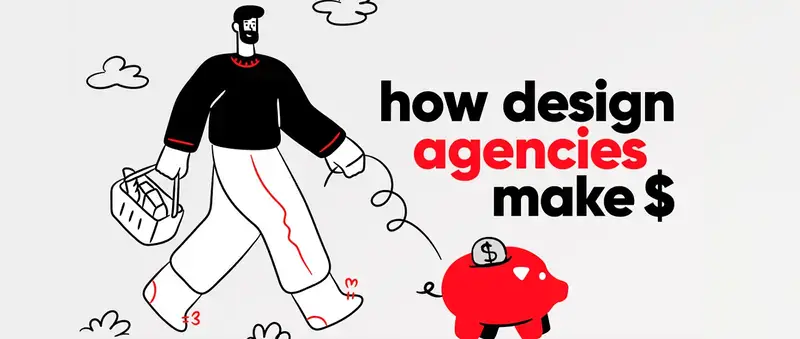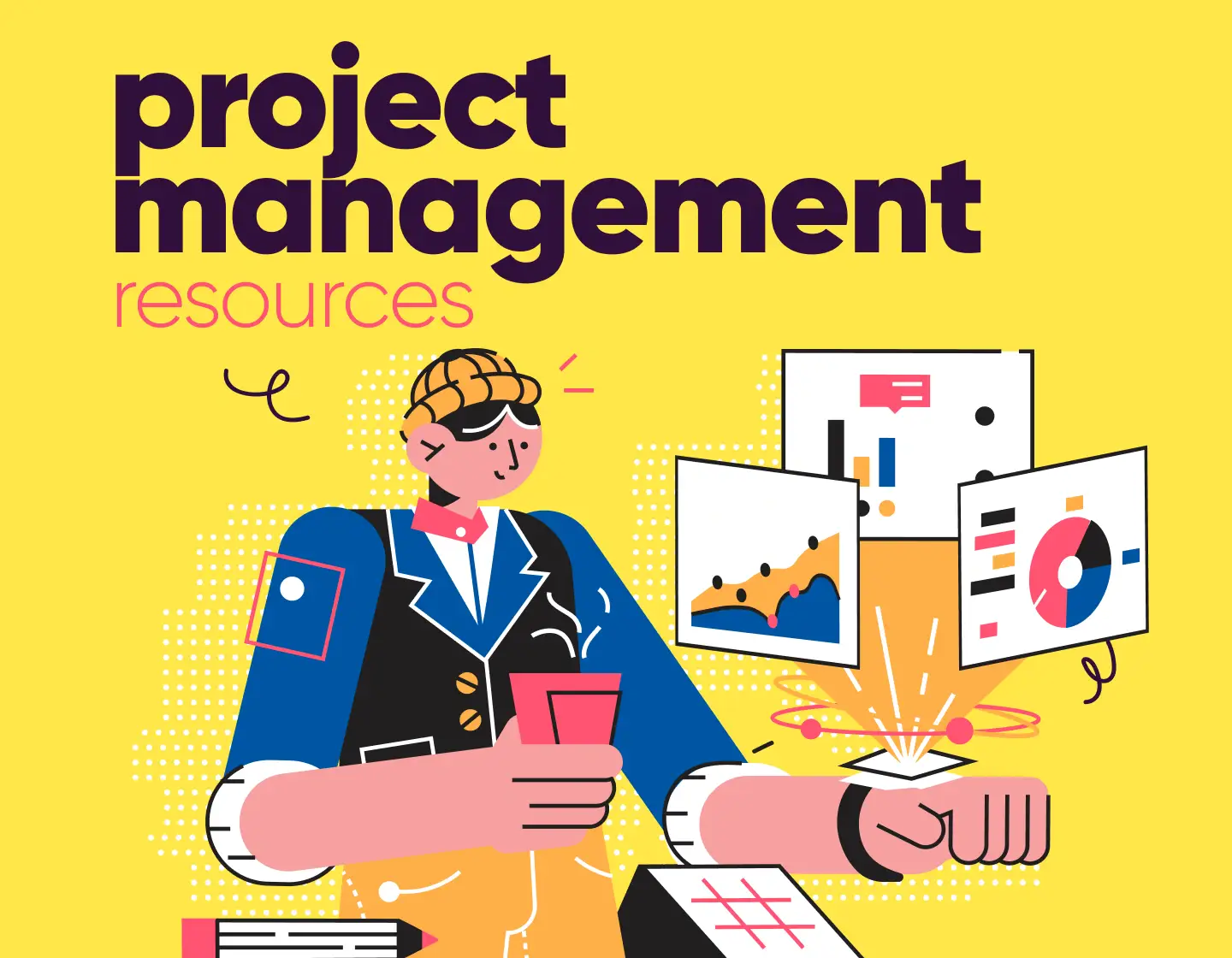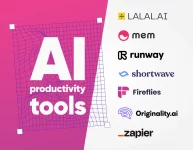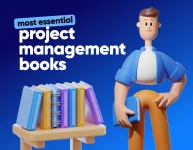Ever feel like your project is held together with duct tape, a prayer, and a very detailed board? We’ve all been there. Creative projects rarely go “by the book.” But somehow, you’re expected to keep the team happy, the client updated, and the project moving forward… That’s where smart use of project management resources comes in.
I’m not just talking about budgets and timelines (though those matter too). I’m talking about everything you rely on to keep a project alive, so let’s dive into it and see how to manage these resources wisely. Plus, I’ll share tips and tools that actually work in a creative studio setting.
Let’s make the chaos a little more manageable, shall we?
1. What do creative project management resources really mean
In creative project management, resources are anything that helps (or hinders) your ability to get the work done. That includes:
- Your people (designers, copywriters, developers, freelancers, and yes, yourself)
- The tools they need to do the job (hello, Figma, project management tools, and twelve open tabs)
- Time – because creative work takes focus, not just hours
- Money – always a factor, even on “lean” projects
- Information – from briefs and feedback to those chat messages with key context
- Physical things – like laptops, cameras, software licenses, or even that whiteboard covered in post-its
- And let’s not forget mental energy and headspace (because burnout is real)
The trick is that in creative teams, resources are often fluid and cross-functional. One person might wear three hats. A tool might serve three departments. Time might bend (or break) depending on the brief. That’s why it’s so important to think of resources not just as “stuff we have,” but as moving parts you’re constantly managing.
When you start to view resources this way – as interconnected pieces of a bigger puzzle – it becomes easier to spot where things are stretched, duplicated, missing, or just plain messy. And once you have that visibility? You can start being proactive instead of reactive.
2. The core project management resource types
Alright, now that we’ve widened the definition of “resources,” let’s break them down into categories that actually make sense for creative studios. Here’s how the core resource types play out in the bigger picture:
♦ Human resources (aka: Your team)
This one’s obvious – your people are your biggest asset. But it’s not just about who’s on the team – it’s about knowing who’s good at what, who’s available, and who’s dangerously close to burnout. That’s resource management gold.
♦ Time
In creative work, time is more than a deadline on the calendar. It’s work blocks, revision windows, waiting time for feedback, and those sneaky five-day delays between “almost approved” and “finally approved.”
Time as a resource means you’re not just monitoring how long something takes – you’re actively protecting team capacity and planning for the wiggle room that creative projects always seem to need.
♦ Financial Resources
Whether you’re working with retainers, fixed project rates, or scrappy startup budgets, money is always an essential part of the puzzle. It covers:
- Internal costs (team hours, tool subscriptions, training)
- External costs (contractors, stock assets, software, equipment)
- Hidden costs (scope creep, last-minute requests, client delays)
Great resource management means you’re not just monitoring what’s being spent – you’re also planning ahead.
♦ Tools & equipment
This includes the obvious stuff like your project management software, design tools, cloud storage, and laptops – but also the behind-the-scenes tech and resources that makes collaboration smoother: the software you use for video updates, briefs, or even the shared drive that’s actually organized.
It’s easy to underestimate this category, but the right tools can save hours (and a whole lot of “where is that file?” moments).
♦ Information & documentation
Information is a massive resource, and when it’s scattered, it can wreck your processes. Centralizing info (and keeping it updated) is a low-effort, high-impact move that’ll save your team so much time and confusion. Plus, it also helps junior team members onboard faster and feel confident.
♦ Physical resources
Even in a mostly remote world, physical resources matter. Maybe it’s gear your team needs to create, a shared studio space, or ergonomic chairs and second monitors (so your employees’ backs don’t give out mid-project). The bottom line is that physical setups still impact creative output, even when everything lives in the cloud.
All in all, each resource type plays a role in every project, even if they don’t always show up on a spreadsheet. The goal isn’t to obsess over tracking every single one – it’s to build awareness so you can plan smarter, work smoother, and solve problems before they grow big.

3. How to plan project resources without overcomplicating everything
Planning resource management for a creative project’s success isn’t about building a perfect roadmap and never changing direction. (Wouldn’t that be nice?) It’s about creating just enough structure to help everyone stay focused, flexible, and sane – even when client feedback sends you three steps back. Here’s how to approach resource planning in a way that’s practical and human-friendly:
3.1. Start with what you know (and document it)
Look at past projects – the ones that ran smoothly and the ones that went a little sideways. What helped things stay on track? Where did you face challenges? Grab and assess timelines, budget breakdowns, and team feedback. This gives you real-world context to plan from, not just guesses.
If you’ve got templates, great. If not, this is a perfect time to build simple ones: creative brief templates, resource checklists, or even a “What we wish we knew before beginning” doc, for example. It’s worth it, trust me.
3.2. Map out the phases and milestones
Creative projects rarely go in a straight line, but there are patterns. Break down your project life cycle into big phases (for example: Discovery, Concepting, Execution, Delivery) and map key milestones in each.
Then ask:
- Who needs to be involved in each phase?
- What tools or assets will they need?
- How much time is realistic, with breathing room?
Even a rough timeline makes it easier to assign the right people to the right project tasks, prep the right tools, and prevent last-minute scrambles.
3.3. Assign people based on strengths, not just availability
It’s tempting to grab whoever’s free, but you’ll get better results if you match people to the work that plays to their strengths. For example, if you’ve got a junior project manager, pair them with a senior to advance their skills while keeping quality intact.
3.4. Budget for the “invisible” work
We all know projects don’t just include what’s in the proposal. There’s admin, revisions, communication, versioning, and that weird one-off request at 5 pm on a Friday. Build in time and money buffers for this invisible work, so your project plan is rooted in reality, not hope.
3.5. Use tools that make planning visual (and shareable)
There’s good reason for creatives to use project management software, as it lets you build resource plans that are visual, collaborative, and easy to update. These are just a few things that can help streamline your whole process:
- Kanban boards or Gantt charts to show how tasks and phases overlap in the schedule
- Workload views to spot team bottlenecks
- Templates that help standardize how you kick things off
Keep your resource plan somewhere your team can actually use it, not buried in a spreadsheet graveyard.
Planning creative projects isn’t about control – it’s about clarity. When you’ve got a resource plan that accounts for the real work (not just the ideal), your team is more efficient, your clients get better results, and your business runs smoother. That’s the win.
4. Avoiding resource burnout
Even the best-laid project plans risk falling apart if you’re stretching your team too thin… or leaving resources idle while deadlines creep closer. The sweet spot? Using your resources efficiently, not constantly or chaotically. Here’s how you can strike that balance:
- Watch for the “Silent overload”
When someone’s calendar looks clear but they’re mentally maxed out, burnout sneaks in fast. Or perhaps you tend to give more work to an employee who delivers satisfying results.
Whatever the case, regular check-ins (even casual ones) go a long way – ask how people feel about their workload, not just what’s on the task list. Project management software can help you spot overload early, but human conversation has a different professional value. - Build in breathing room
Creativity isn’t clockwork. If every hour is booked, there’s no space to think, adjust, or problem-solve. It’s key to include time for it in schedules, especially between major milestones and review rounds. It helps stay flexible when timelines shift (because they probably will). - Don’t let talent sit on the bench
Got a developer waiting on the final copy? A designer between projects? Loop them into reviews, research, or mentoring. Underutilization isn’t just a budget issue – it affects team energy and enthusiasm.
Overall, the goal isn’t to squeeze every drop out of your resources. It’s to keep things advancing at a pace that’s productive, not punishing. Balance is where the best creative work lives.
5. Client-facing resources to set clear expectations from day one
Even dream clients can become difficult if you don’t establish clear communication and boundaries early on. That’s where these client-facing resources come in. Here are some that every creative studio should have on standby:
-
A creative brief template
Think of the creative brief as your project’s GPS – it aligns your project team and the client on why this project exists, who it’s for, and what it needs to achieve. A well-structured creative brief saves you a million back-and-forth emails and ensures you’re all aligned from the beginning.
- Project background (the “why”)
- Target audience
- Key messaging or story
- Deliverables and formats
- Tone, mood, and visual direction
- Must-haves and must-avoids
- Timeline and key dates
Where to build it:
- Notion – flexible templates + visual references
- Figma or Miro – for more visual, collaborative briefs
- Kitchen.co lets you create and share creative briefs within the same place you manage the project timeline, feedback, and files
Pro Tip: Have a few creative brief templates for common project types (for example: brand identity, campaign, website).
Want a head start on your future projects? Grab our free creative brief template here. Or if you wish to learn what it is first, check out this article.
-
Scope-of-Work docs
Before any work begins, your Scope of Work should act as the “north star” for the project. It outlines what will be done, how, when, and for how much. It’s your first line of defense against scope creep.
- Project goals and deliverables
- Timeline with major milestones
- Budget and payment terms
- What’s not included (seriously, this part is gold)
- Revision policy
Where to build it:
- Google Docs (easy to collaborate on and update)
- Notion (great for version control + client-friendly layouts)
- Kitchen.co (lets you create, send, and track approval on your SOW in one place)
Tip: Keep the language client-friendly. Avoid jargon, and focus on clarity.
-
Handoff checklists
Ever wrapped up a project only to get a frantic email two weeks later asking for files you definitely already sent? That’s what handoff checklists are here to prevent. They ensure clients receive everything they need to take your work and run with it, without any confusion.
- Final deliverables (files, links, access info)
- File formats and usage instructions
- Style guide or brand documentation
- FAQs (for example, “How do I update my site?” or “Who should I contact for maintenance?”)
- Next steps or post-project support options
Where to build it:
- Notion or Google Docs – great for linked resources and visuals
- Kitchen.co – perfect if you want the whole handoff process to live inside your project dashboard
-
Feedback forms
Vague feedback like “Can you make it pop?” helps no one. Feedback forms give your clients a structure to share their thoughts clearly, saving your team time and frustration.
- What’s working well for you in this draft?
- What specific changes would you like to see?
- Are there any parts that feel unclear or off-brand?
- Is the tone/visual direction aligning with your expectations?
Where to create them:
- Typeform or Google Forms – clean, easy to fill out
- Kitchen.co lets you embed feedback forms directly into client portals so everything’s centralized
Pro Tip: You can templatize these forms by project type (branding, website, social media, etc.) to reuse and tweak as needed.
Bottom line
Organizing and utilizing your project management resources smartly helps bring clarity, structure, and flow to even the most fluid creative work. After all, these resources aren’t just to stay on schedule and deliver services, they’re how you build a creative process your team and clients will trust (and ultimately enjoy).
Now go on and give your project toolkit the glow-up it deserves. Your future self (and your whole team) will thank you.
Check out our other articles full of insights, helping you level up your creative agency management knowledge and achieve business success:






![How to Integrate AI in Project Management Effectively [Tips & Uses]](https://reallygooddesigns.com/wp-content/uploads/2025/04/ai_in_project_management-193x150.webp)